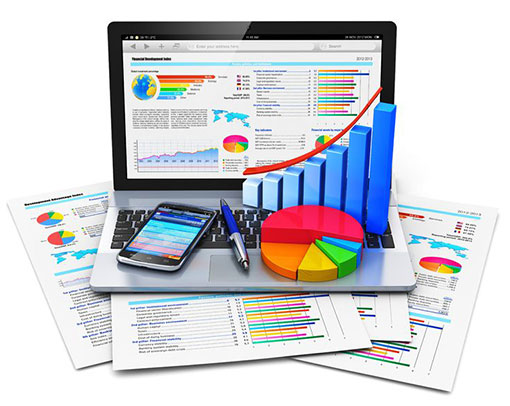How Technology has Helped Advance the Medical Field
 It’s easy to take for granted how vast the technological world has become today, and the number of feats that have made life easier for most individuals is amazing. In addition to phones, computers, appliances and other gadgetry, the medical field has seen significant changes thanks to technology. It’s not only made life easier and pain-free for patients, it has also helped the way physicians, surgeons and other health care professions do their job today.Here are just a few examples of how technology has affected the medical field.
It’s easy to take for granted how vast the technological world has become today, and the number of feats that have made life easier for most individuals is amazing. In addition to phones, computers, appliances and other gadgetry, the medical field has seen significant changes thanks to technology. It’s not only made life easier and pain-free for patients, it has also helped the way physicians, surgeons and other health care professions do their job today.Here are just a few examples of how technology has affected the medical field.
Online Health Labs
Online health labs have made it easier for patients to order their blood tests from the comfort of their own home via the Internet or by phone. They offer a variety of testing from prostate, cholesterol and heart to thyroid, liver, cancer, and STD. They have locations nationwide for convenience. So if you were looking to have a basic health screening performed near where you live in San Diego, they would email you a requisition form with directions on how to find their many health screening centers in San Diego. You would print this form and bring it to any one of the conveniently located facilities to have your blood drawn. The results are emailed to you within 24 – 48 hours after taking the test. Not only is it easy to do, you’ll find the pricing affordable, especially for individuals without health insurance.
Wireless Heart Monitors
Hospitals noticed a significant decrease in readmissions of heart patients when first undergoing the experimental process of electromechanical pressure sensors. The wireless heart monitors assist physicians by sending arterial signals and help them to monitor a patient efficiently. The pressure-sensitive mechanics keep watch over the patient’s pulmonary artery through the technological gadgetry. The data is sent directly over to the physician for a read out. If there are any problems, they can immediately take care of the situation before it worsens. It also aids them in their decision making process when it comes to writing up the appropriate prescription. The wireless heart monitors are also better on the patient, and they won’t have to be put through the pain or discomfort of a catheter.
Painless and Noninvasive Biopsies
Researchers are implementing a process to make biopsies noninvasive and pain-free for patients. The method they are trying to implement comes from scanning the moles or suspicious growths by way of laser microscopes. This then sends out pulses to the areas in question without the patient having to undergo painful surgery. It can also get immediate results and find specific ways to treat the problems with the most effective drugs currently on the market.
Speedy MRIs
Physicists from Oxford University have come up with a way to develop brain scans over 6 times faster than previous MRI machines. What once typically took between three and four seconds to develop a 3D image of the brain, can now be done in less than one second. This is crucial to physicians needing to find brain imagery immediately to help their patients.
Today’s technology has made tremendous strides for physicians and patients, and in the way hospitals do business. In addition to the affordability of online health labs and the latest advances in equipment, medical offices are using social media to network, communicate with patients and notify individuals of the latest employment opportunities in the health care field.
Lisa Coleman writes to help educate others in just a few areas of what kind of impact technology has made in the medical field. As a health enthusiast, she expresses the importance of good health and the need for annual checkups. With technology advancements of online health labs, where affordable screenings can be done at health screening centers in San Diego, Atlanta, or any other convenient location, medical testing is now much easier.


